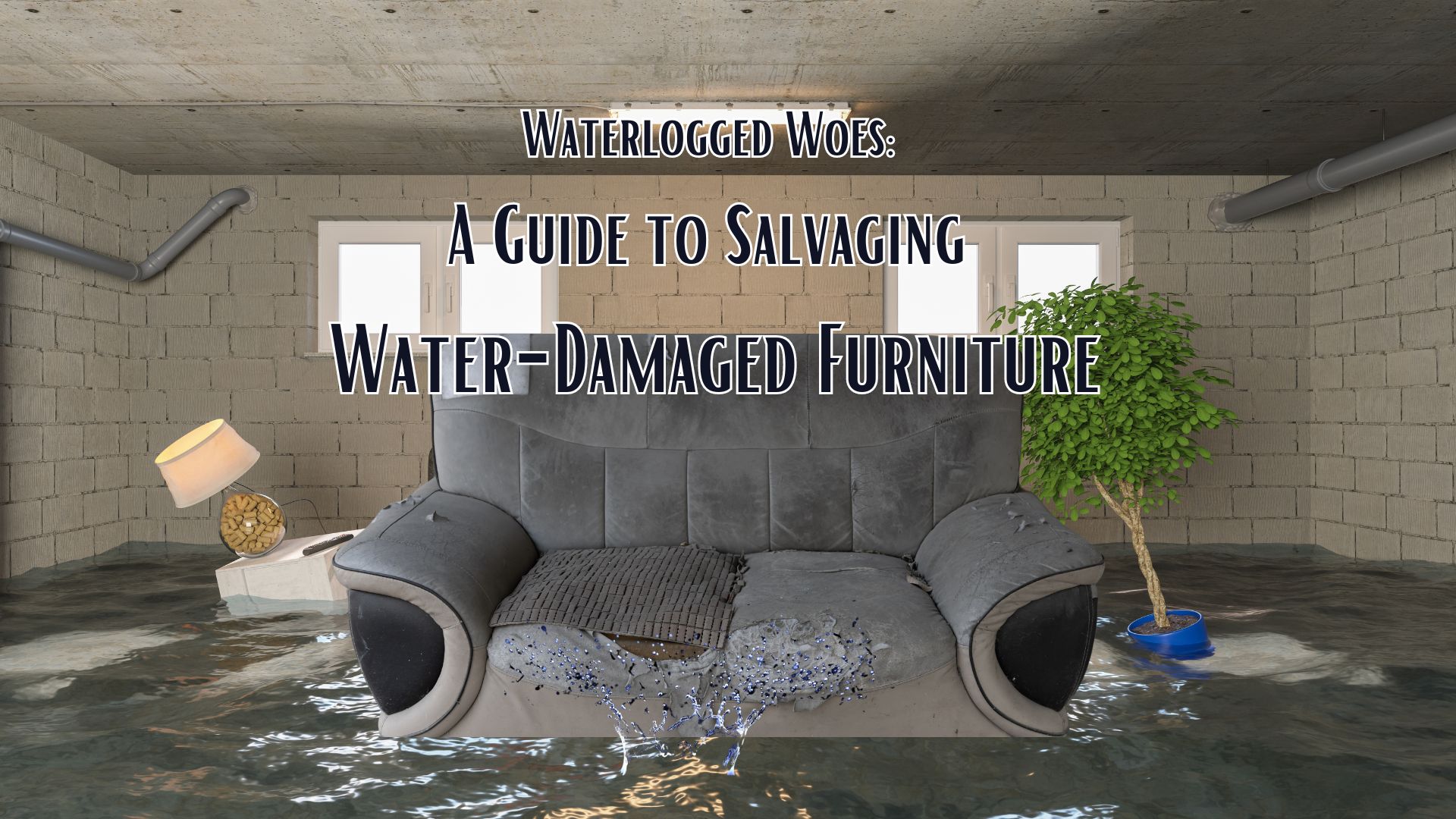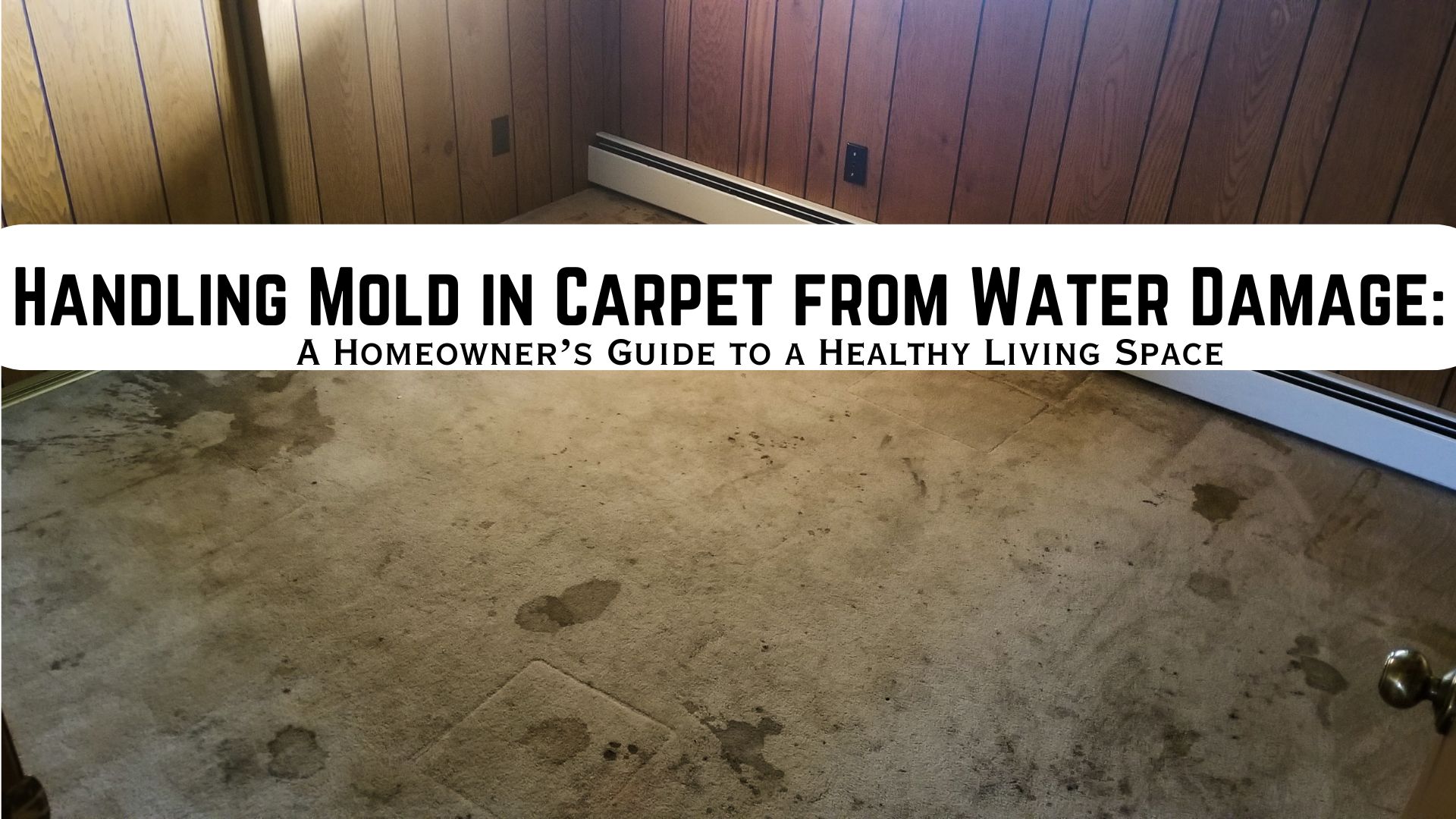
Black mold on wood is a problem no homeowner wants to face, yet it’s an issue that many encounter. Whether it’s in your basement, attic, or even in your living areas, black mold can cause serious health problems and damage to your home. The sight of black, fuzzy, or slimy patches on wood surfaces can be alarming and rightly so. Mold infestations are not just unsightly; they pose significant health risks, including coughing, wheezing, and other respiratory issues. This article will walk you through everything you need to know about identifying, preventing, and removing black mold from wood.
What is Black Mold?
Understanding the Culprit
Black mold is a type of fungus frequently encountered in residences, particularly in humid and warm conditions. Scientifically known as Stachybotrys chartarum, black mold thrives on materials with high cellulose content, like wood. This type of mold forms on wood surfaces, creating dark, often fuzzy or slimy patches that can spread quickly if not addressed.
Why is Black Mold Dangerous?
Mold spores can become airborne, leading to respiratory issues such as coughing, wheezing, and even more severe health problems for individuals with compromised immune systems. The longer mold is left untreated, the more it can compromise the air quality in your home, posing risks to both your health and the structural integrity of your property.
Identifying Black Mold on Wood
Spotting the Signs
Black mold on wood can be slimy and is typically dark green or black. It often appears in areas that are prone to moisture, such as basements, bathrooms, or anywhere that has experienced water damage. You might notice a musty smell, which is a common indicator of mold growth.
Common Areas to Check
- Basements: These areas are susceptible to dampness and can become ideal environments for mold growth.
- Attics: Poor ventilation and roof leaks can lead to mold growth.
- Bathrooms: High humidity and poor ventilation make bathrooms susceptible to mold.
- Kitchens: Sinks or pipes that are leaking can create an environment conducive to mold development.
Preventing Black Mold on Wood
Keep It Dry
The secret to stopping mold from growing is to manage the levels of moisture/humidity in your home. Here are some effective strategies:
- Use Exhaust Fans: Install exhaust fans in high-moisture areas like bathrooms and kitchens to reduce humidity.
- Fix Leaks Promptly: Repair any leaks in your roof, windows, or plumbing immediately to prevent moisture accumulation.
- Dehumidifiers: Use dehumidifiers in damp areas such as basements to keep the air dry.
Proper Ventilation
Ensure your home has adequate ventilation. This can help reduce moisture levels and prevent mold spores from settling on wood surfaces.
Regular Inspections
Regularly inspect your home for signs of mold. Pay special attention to areas that are prone to moisture and take immediate action if you notice any signs of mold growth.
Removing Black Mold on Wood
Safety First
Before you start the mold removal process, it’s crucial to take safety precautions. Wear safety goggles, a mask, and gloves to protect yourself from mold spores. Ensure the area is well-ventilated to avoid inhaling any spores.
Materials Needed
- Distilled white vinegar
- Soft-bristled brush
- HEPA filter vacuum
- Safety goggles
- Gloves
- Mask
Step-by-Step Guide for Black Mold on Wood
1. Ventilate the Area
Open windows and use fans to ventilate the area where you will be working. This aids in dispersing mold spores and reduces exposure.
2. Apply Distilled White Vinegar
Just pour distilled white vinegar into a spray bottle and directly spray the affected wood surfaces generously. Vinegar is a natural mold killer and can effectively remove mold without harsh chemicals.
3. Scrub the Mold
Try using a soft-bristled brush, then gently scrub the moldy areas. Gently cleaning the wood will prevent harming the wood. Continue scrubbing until the black mold on wood is removed.
4. Vacuum with HEPA Filter
Use a vacuum with a HEPA filter to clean up any remaining mold spores. The HEPA filter will trap mold spores and prevent them from spreading into the air.
5. Dry the Area
Completely drying the area prevents future mold growth. Use any type of fan or a dehumidifier to speed up the drying process.
Handling Objections
“I’m Not Sure If It’s Mold”
If you’re uncertain whether the discoloration on your wood is mold, it’s always best to err on the side of caution. Mold test kits are available for purchase, and a professional inspection can provide a definitive answer.
“Can’t I Just Paint Over It?”
Painting may be another temporary solution over mold and doesn’t really address the underlying issue. Mold will continue to grow and spread beneath the paint, eventually resurfacing. Proper removal is essential to prevent recurrence.
“Isn’t Bleach Better?”
Bleach can kill mold on non-porous surfaces, however, it’s not as effective on porous materials like wood. Bleach can’t penetrate wood deeply enough to kill all the mold spores, whereas vinegar is more effective for this purpose.
Open Loops: Future Proofing Your Home
Long-Term Solutions
While removing black mold on wood is a significant step, it’s also crucial to consider long-term solutions to prevent mold infestations. Regular maintenance and addressing potential moisture issues can save you from recurring problems.
Professional Help
In cases of severe mold infestations covering large areas (e.g., more than 10 square feet), it might be necessary to seek professional help. Professional mold removal services have the expertise and equipment to handle black mold on wood and other extensive mold problems safely and effectively.
Safeguard Your Home From Black Mold on Wood
Black mold on wood can be a daunting issue, but with the right knowledge and tools, you can effectively tackle it and restore your home to a safe, healthy environment. By learning how mold develops, spotting trouble spots, and actively preventing and removing mold, you can safeguard your home and health. Bear in mind that regular maintenance, controlling, and managing moisture are essential to keeping mold at bay. Take steps now to eliminate black mold on wood for good.
For Mold Removal Services, don’t hesitate to call our experts at Superior Restoration!



